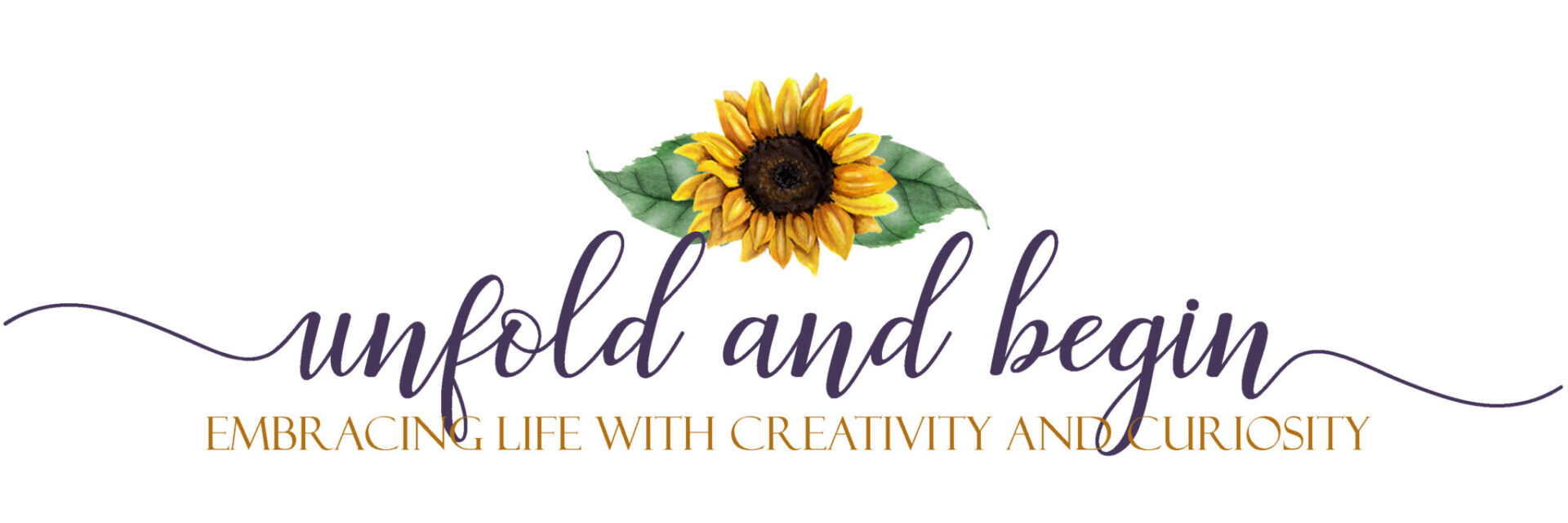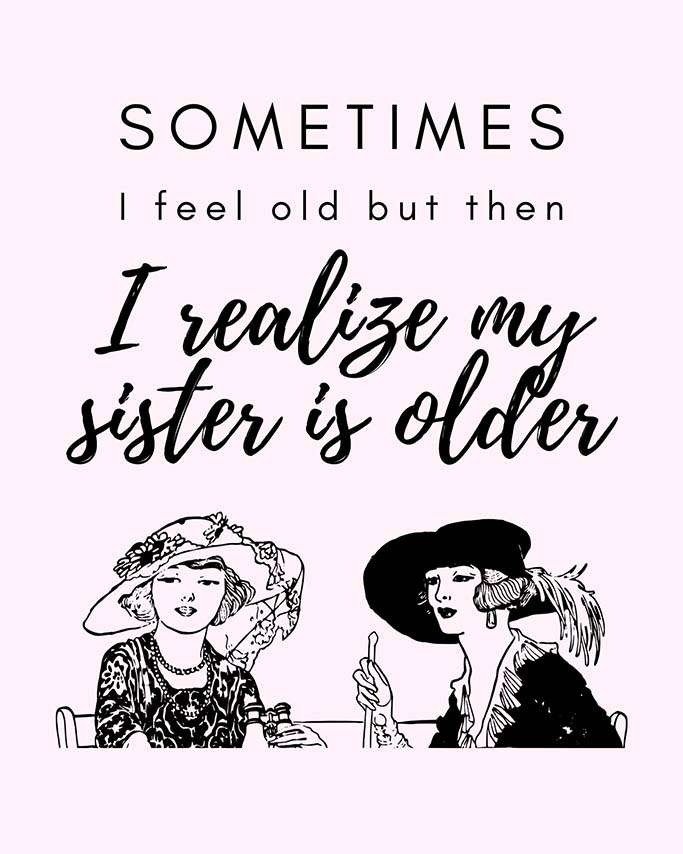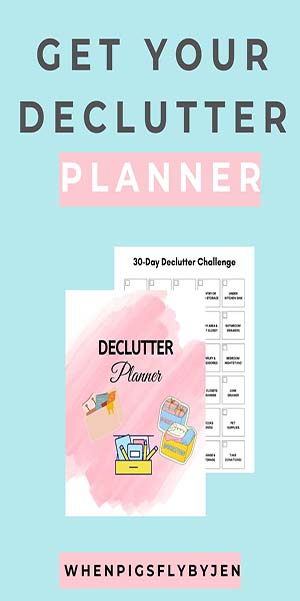Have your ideas ever felt stale? Do you keep coming up with the same solution for the same problem? Over and over again? Not working, is it? That’s because how you see a problem reflects your creativity.
What Do You See?
Do you look at a hole in the ground and only see something that needs filling? Or a crack in the wall as something that needs fixing? What about a pencil? Is that something that you can only write with?
But what else could you see? Can a hole in the ground be the future location of a plant? Or can you create a putting green to practice your golf skills? A place you put a sign or a post for a fence? How about using it with your children for shooting marbles?
That crack in the wall could be something that you fix with putty or Spackle. But what if you decided the crack looked like a vine and painted flowers and leaves around it?
And that pencil? Well, I hope you already know that the lead can make zippers run a little smoother. You can also use it as a spindle that holds thread or ribbon rolls. And my father used to decorate cakes with a pencil. He would take a brand new pencil and use the eraser to help him make buttercream roses for cakes. These days, cake decorating tools are ubiquitous but back in the ’60s and ’70s, it was much harder to find the tools he needed, so he improvised.
Practice to Be More Creative
The great thing about creativity is that if you practice, you can increase it. If all you ever do is just keep doing the same thing, then it won’t.
Currently, I’m reading the book Cracking Creativity: The Secrets of Creative Genius by Michael Michalko. One of the suggestions in his book is to shift or change your perspective. One way to do that is to look at a problem from someone else’s point of view. For instance, if you’re a woman, try to look at it from a man’s perspective (or vice-versa.)
You can also try looking at it from a Critic’s point of view or even from a buyer’s point of view. Someone who is far older or far younger than you. Or even from the perspective of someone who loves your project and someone who hates it.
Think about how the other person would interact with your project. What they might love or hate about it. How they might use it. What drew their attention? Was it something positive or something negative? What would make them walk away from your project or what change do they wish to see?
I like these creative practices because it reminds me of brainstorming with colleagues at work. Without this type of actual creative input, I have to create it with my imagination and take on the roles of different people. Have you ever tried a process like this to expand your creativity?
For more ideas on how to change your perspective or how to look at things different, you can check out my other posts that focus on this subject. How to Generate Ideas on Your Own and Use Your Imagination.






Hi Jennifer, I enjoy reading about creativity since I think every human being is creative. I have always liked the word “brainstorming.” Every thought and suggestion is welcome. A great read:) Erica
Thanks for stopping by! Yes, every human being is creative, whether they realize it or not. We just have to exercise and practice our creativity just like we would practice anything else.
This is something I’ve been looking at lately too Jennifer – something I read suggested looking at a toxic person/situation and seeing why it triggered things within me – what was it in me that could grow from the experience and how could I learn from it? I really liked turning it from feeling like someone who’d had something done “to” her and becoming someone who took a bad situation and grew stronger because of it. I think I may have been creative!
Thanks for linking up with us at MLSTL and I’ve shared on my SM 🙂
I think you ARE creative! I liked how you turned that around. I always try to look at toxic people and remember that I don’t know what led them down that path. It helps me get to a place where I can respond kindly without getting my buttons pushed. It doesn’t always work, but I’m a work in progress, always will be and I just hope I’ve learned enough so that I know how to respond better the next time.
Hi Jennifer, I’m probably someone who sees a hole in the ground but am encouraged to know that I can develop my creative side. My problem is telling myself I am not creative which isn’t true. I have also gone from ‘black and white’ thinking to being more open to all ideas so that is a step in the right direction. Thanks for sharing at #MLSTL and have a great week.
You are creative. So many people think being creative is about art or writing. But it’s not. It’s being able to see things with a different eye. The first rocket scientists were just creative as Van Gogh was in his time. Look at that hole and think like a child!
Hi Jennifer, my first reaction would probably be to throw some dirt in the hole! But, I know that thinking creatively is like a skill to be acquired, and with practice it can become more of a 2nd nature. Great post that got me thinking about how I problem solve and brainstorm. Thanks! #MLSTL
As I told Sue, you need to look at that hole and think like a child. All children are creative thinkers and then it’s bored out of them through rote learning. But if we watch children at play, we can relearn how to be creative.
I like the idea of consciously looking at something a different way, Jennifer. I tend to get caught up in routine. It makes sense to practice creativity as a periodic exercise and not necessarily wait for necessity. #MLSTL
Hi Jennifer! Thank you for the reminder to enhance my creativity. Like most of us, even if we consider ourselves fairly creative we tend to stick with what we know or already do. Challenging ourselves in new ways keeps our brains flexible AND it’s probably really good for our regular creative outlets. I’m fortunate that my husband is very creative and he always comes up with new ways to do or view things that expand my comfort zone. But thanks for the other suggestions…I will do my best to try some of those in the near future. ~Kathy
That’s great that your husband challenges you creatively. And yes, even those who consider themselves creative need a little push in a different direction. Even though writing is my main creative outlet, I like to challenge myself with arts and crafts. While what I produce isn’t always the prettiest to look at, the process of creating is usually stimulating to my creativity and soothing to my soul.
I love those ideas, especially seeing it through someone else’s perspective. it makes sense.
I looked at one of the blog posts you linked to. Brainstorming is (sometimes) a stage of mediation, a way to get the parties to thnk up & consider a variety of solutions to their conflict. Different mediators probably have different ways of setting up, my training is to get a very large paper pad on a easel, & the mediator or one of the co-mediators (in community mediation, there may be two mediators, in business and some other types of mediations where mediators are paid, there’s usually only one) writes each suggestion on the paper, using as many sheets as needed, so everyone can see the suggestions. People are encouraged to say whatever solutions come to their mind no matter how unlikely. It’s not a stage that’s always needed, but it can be very useful in freeing up the thinking of the parties so they arrive at a solution they might not have otherwise have even thought of, let alone considered & agreed to.
I think mediation is a great way to use brainstorming. With two groups who are so far apart, finding common ground through brainstorming can go far in helping each other find a pathway to peaceful communication.
A shift in perspective is always the hardest thing to do – but what a new view you’ll see 🙂